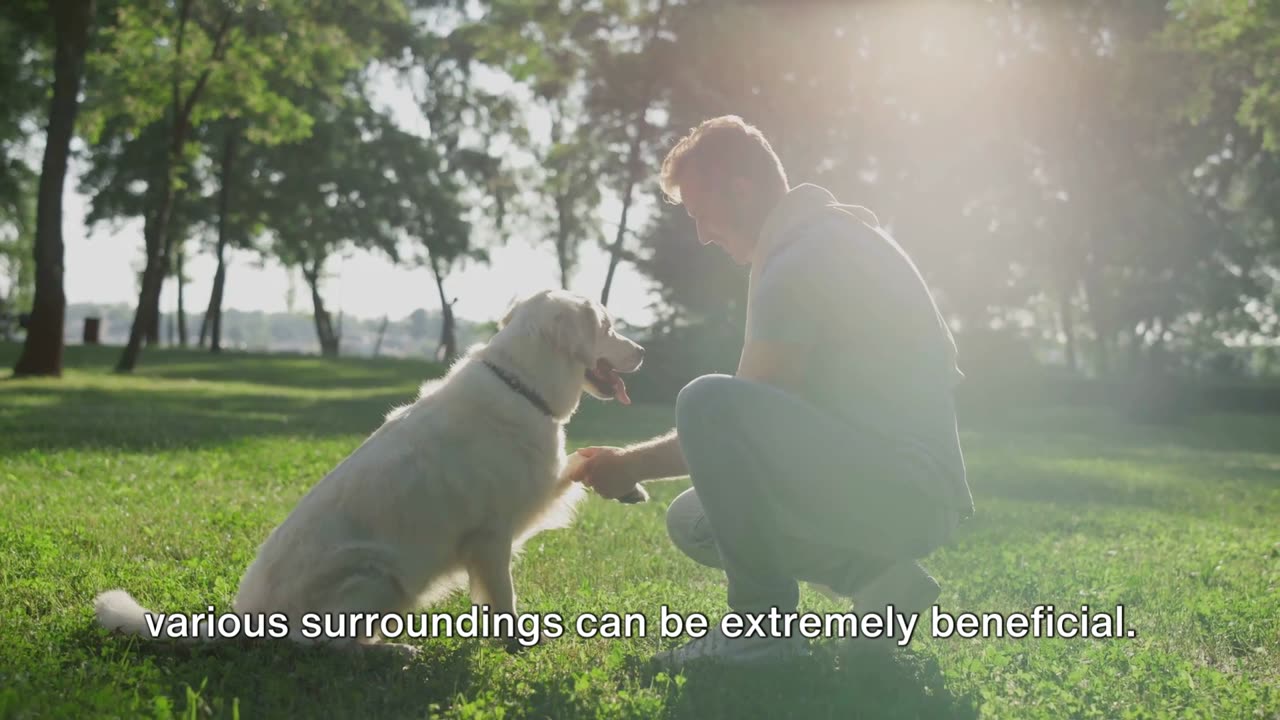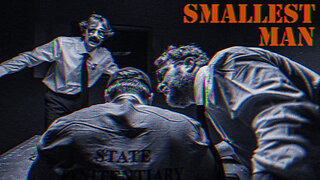Premium Only Content

Proven Techniques for Obedient dog Companions
Fundamentals of dog training techniques:
1. **Positive Reinforcement**:
- Positive reinforcement is a training technique that rewards desired behaviors with treats, praise, or toys.
- It strengthens the bond between the dog and the owner by creating a positive association with good behavior.
- This technique encourages dogs to repeat behaviors that earn rewards, making it effective for teaching commands and shaping desired behaviors.
- Positive reinforcement is based on the principles of operant conditioning, focusing on rewarding behaviors rather than punishing unwanted behaviors.
- It can be used to train dogs of all ages and breeds and is particularly effective for building confidence in shy or fearful dogs.
2. **Clicker Training**:
- Clicker training is a form of positive reinforcement that uses a small device called a clicker to mark desired behaviors.
- The clicker emits a distinct sound, signaling to the dog that they have performed the correct behavior and will receive a reward.
- Clicker training allows for precise timing, making it effective for shaping complex behaviors and capturing split-second actions.
- It helps dogs understand exactly which behavior is being rewarded, leading to faster learning and clearer communication between the dog and the trainer.
- Clicker training is widely used in obedience training, agility, and other dog sports due to its versatility and effectiveness.
3. **Marker Training**:
- Marker training is similar to clicker training but uses verbal markers such as "yes" or "good" instead of a clicker.
- Verbal markers serve the same purpose as a clicker, signaling to the dog that they have performed the correct behavior and will receive a reward.
- Marker training allows trainers to communicate with their dogs from a distance and in various environments where using a clicker may not be practical.
- It can be combined with other training techniques, such as luring and shaping, to teach complex behaviors and improve obedience.
4. **Lure and Reward**:
- Lure and reward training involves using a treat or toy to guide the dog into performing a desired behavior.
- The trainer uses the lure to attract the dog's attention and guide them into the desired position or action, such as sitting or lying down.
- Once the dog performs the desired behavior, they are rewarded with the treat or toy, reinforcing the behavior.
- Lure and reward training is effective for teaching basic obedience commands and shaping behaviors in young or inexperienced dogs.
- It should be accompanied by fading the lure gradually, so the dog learns to respond to verbal cues rather than relying on the presence of a lure.
5. **Capturing Behavior**:
- Capturing behavior involves rewarding the dog for spontaneously performing a desired behavior without any prompting from the trainer.
- The trainer observes the dog closely and rewards them immediately when they exhibit the desired behavior, such as sitting or shaking paws.
- Capturing behavior relies on timing and patience, as the trainer must be ready to reward the behavior as soon as it occurs.
- This technique is particularly effective for shaping behaviors that occur naturally and can be difficult to train using other methods.
6. **Shaping**:
- Shaping is a training technique that involves gradually molding a desired behavior by rewarding successive approximations of that behavior.
- The trainer breaks down the desired behavior into small, achievable steps and rewards the dog for each step towards the final behavior.
- Shaping requires patience and consistency, as the trainer must be able to recognize and reward small improvements in the dog's behavior.
- It is an effective technique for teaching complex behaviors, such as agility obstacles or tricks, by building upon the dog's existing skills and abilities.
7. **Desensitization and Counterconditioning**:
- Desensitization and counterconditioning are techniques used to modify a dog's emotional response to a particular stimulus, such as loud noises or strangers.
- Desensitization involves gradually exposing the dog to the stimulus at a low intensity, allowing them to become accustomed to it over time.
- Counterconditioning involves pairing the presence of the stimulus with something the dog enjoys, such as treats or play, to create a positive association.
- These techniques are often used to help dogs overcome fears, anxieties, and phobias by replacing negative emotions with positive ones.
-
 1:12
1:12
Mike Tyson
5 hours ago $17.68 earnedIt's a war.
70.1K30 -
 1:04:11
1:04:11
In The Litter Box w/ Jewels & Catturd
1 day agoProsecute/Fauci | In the Litter Box w/ Jewels & Catturd – Ep. 692 – 11/15/2024
91.5K42 -
 5:17
5:17
BFFs: Dave Portnoy, Josh Richards & Bri Chickenfry
9 days agoSmallest Man
245K24 -
 1:45:03
1:45:03
The Quartering
7 hours agoRFK Big Pharma Meltdown, Alex Jones WIN & Shadow Government To Oppose Trump!
128K44 -
 1:53:23
1:53:23
Tucker Carlson
7 hours agoFasting, Prayer, Meditation, & the Global Persecution of Christians (With Hallow CEO Alex Jones)
173K72 -
 53:03
53:03
Ben Shapiro
7 hours agoEp. 2086 - It’s MAHA TIME: Trump Picks RFK Jr.
132K83 -
 57:03
57:03
Russell Brand
10 hours ago“I Can PROVE Biden Took CORRUPT Money From Ukraine” – Rudy Giuliani on The Biden Crime Family –SF494
207K184 -
 1:59:47
1:59:47
The Charlie Kirk Show
8 hours agoRFK's MAHA Agenda + The Trump Border Effect + Will The Senate Confirm? | Kane, Halperin | 11.15.24
191K54 -
 34:45
34:45
Athlete & Artist Show
6 days ago $5.80 earnedNCAA Officially Votes To Allow MAJOR JUNIOR Players!
83.9K3 -
 1:14:55
1:14:55
Mark Kaye
9 hours ago🔴 Is TRUMP the New George Washington of American Politics?
75.4K40